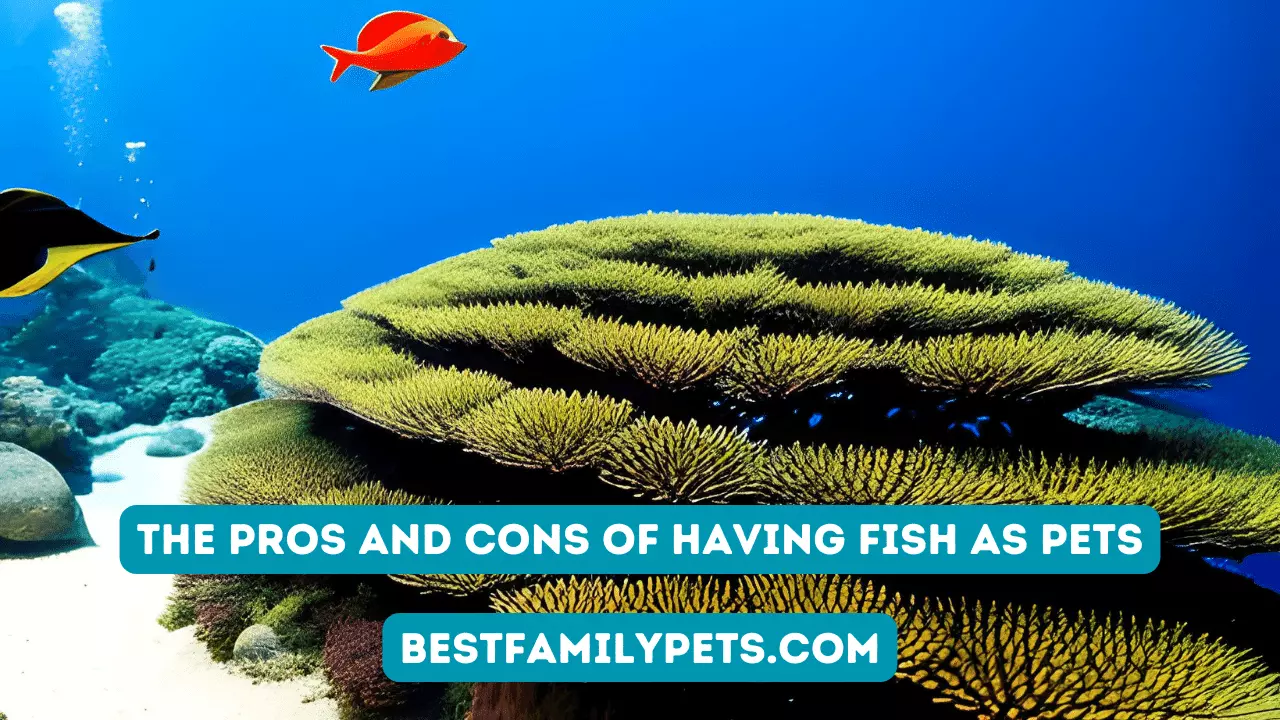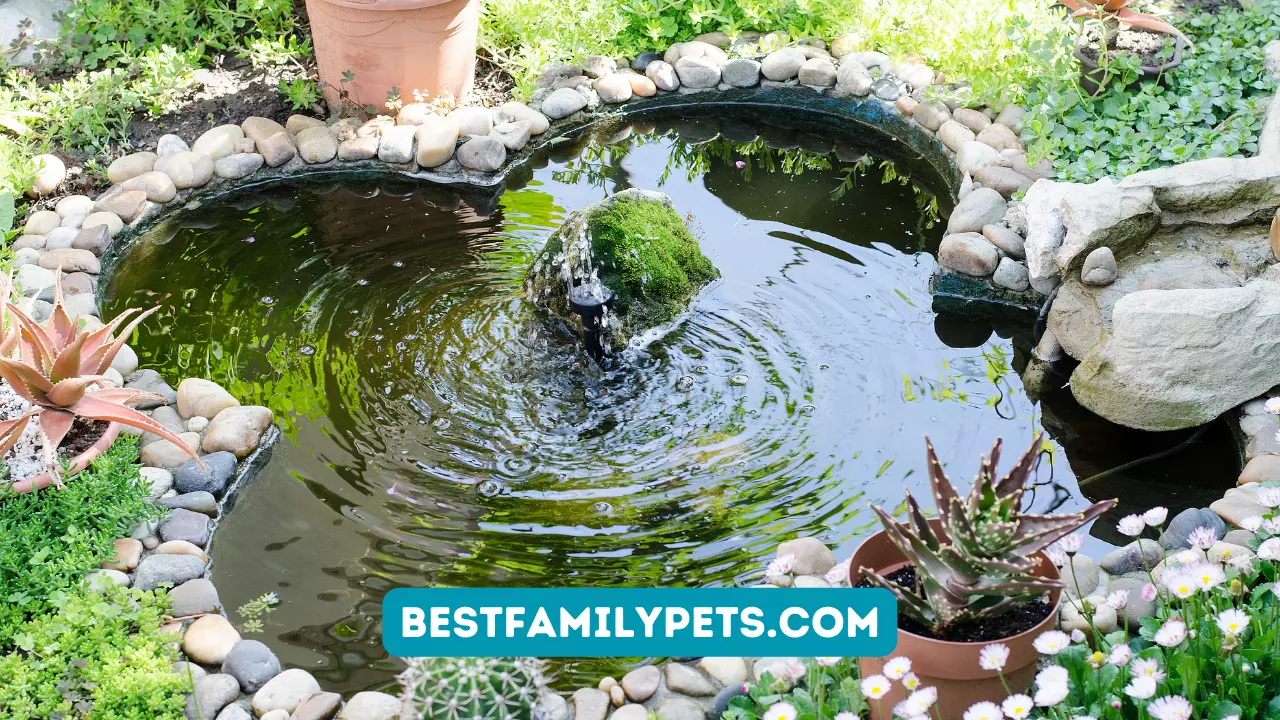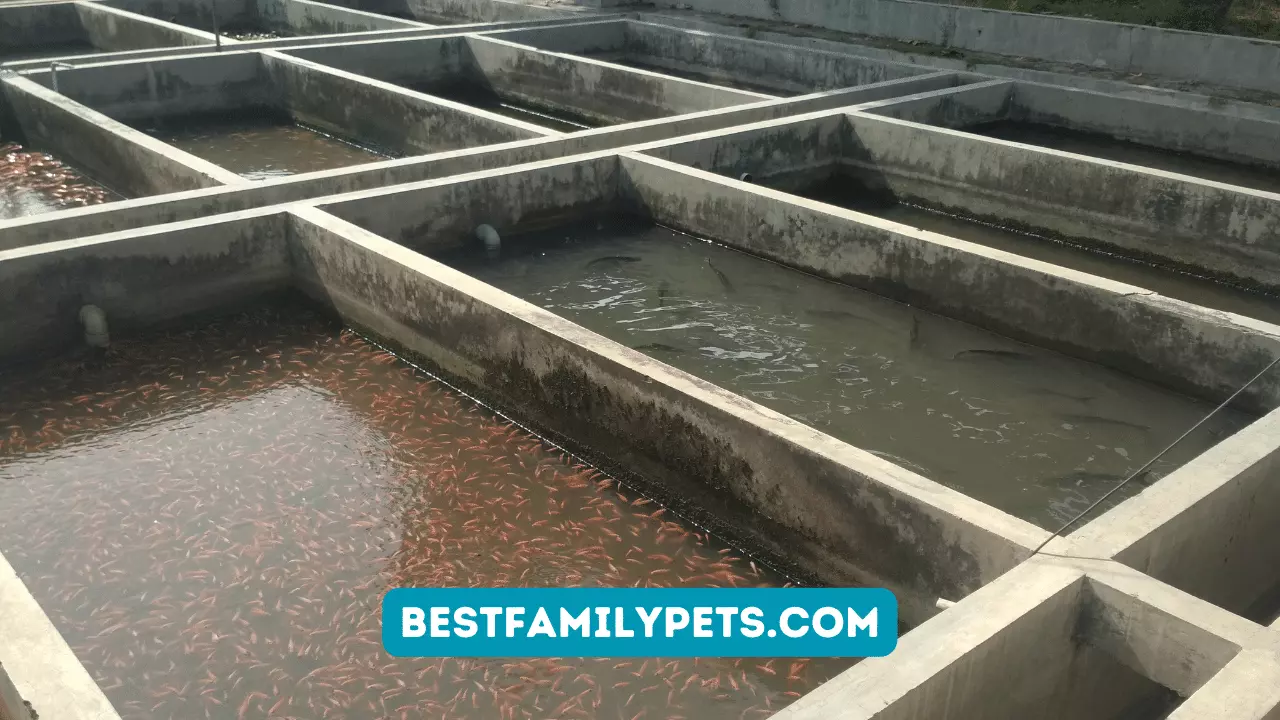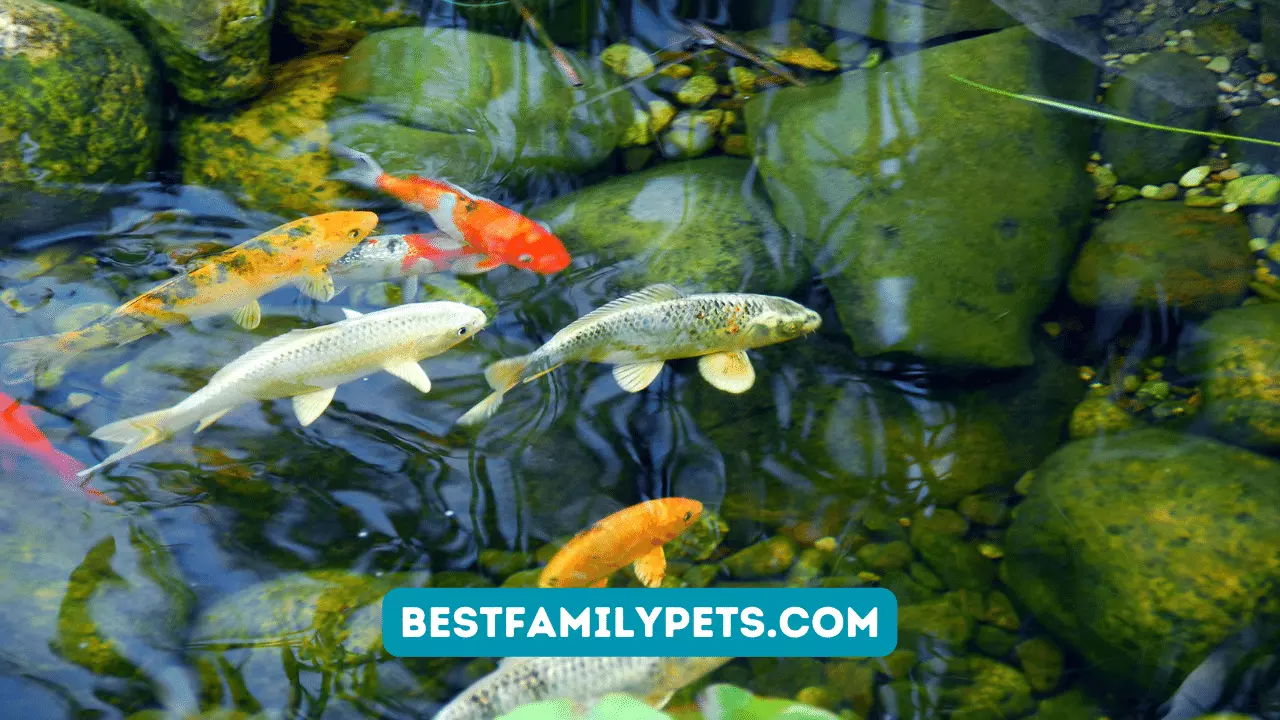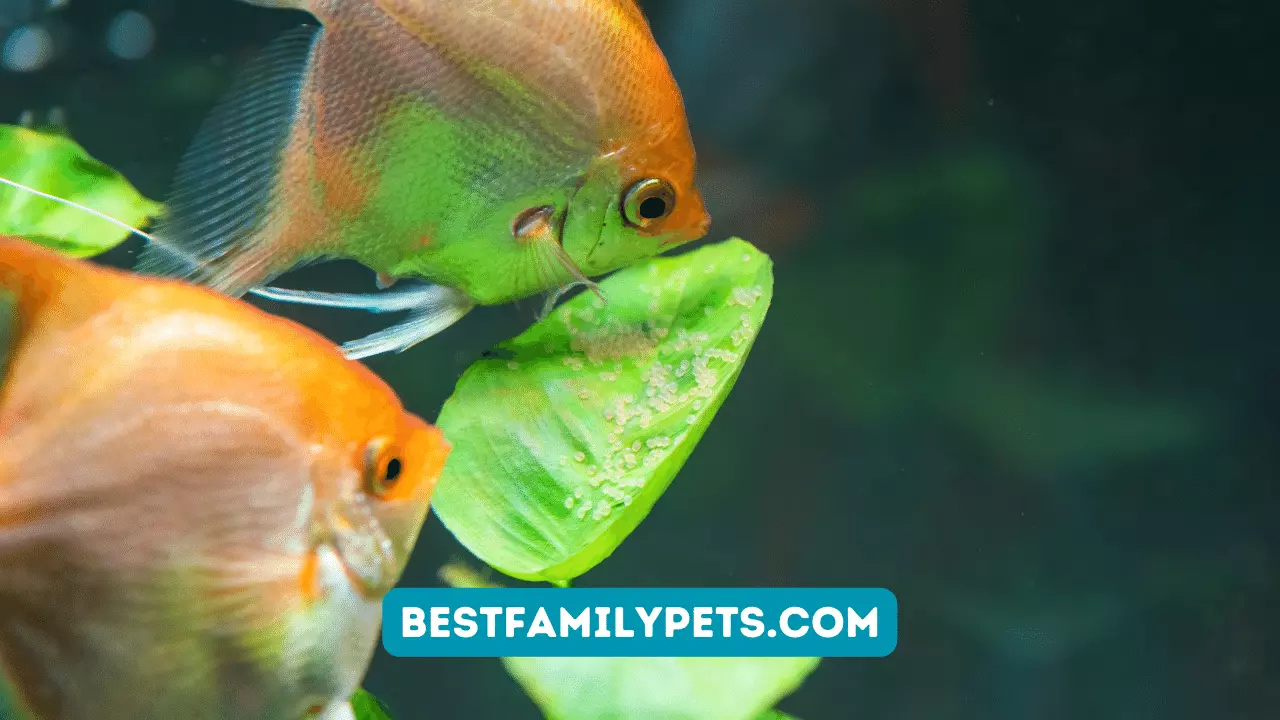Filter Water Fish Bowl
While the classic image of a goldfish swimming in a bowl might seem idyllic, true fishkeeping requires more than just tossing a pet store feeder into a stagnant puddle. One of the most crucial aspects of caring for your aquatic companions is maintaining clean, healthy water in their habitat. This is especially true for fish bowls, which lack the natural filtration systems present in larger aquariums.
So, how do you keep your fishbowl water sparkling clear and your finny friends thriving? This guide will explore various effective methods for filtering your fishbowl, ensuring your little swimmers live a happy and healthy life.
Why Filter Your Fishbowl Water?
Unfiltered fishbowl water quickly becomes a breeding ground for harmful bacteria and toxins. These can arise from fish waste, uneaten food, and even decaying plant matter. Left unchecked, this build-up can lead to:
- Ammonia and nitrite poisoning: These toxic substances are released by fish waste and can cause gill damage, organ failure, and even death.
- Cloudy water: This can obstruct oxygen flow and make it difficult for fish to see, leading to stress and health problems.
- Algae growth: Excess nutrients in unfiltered water fuel algae blooms, which can deplete oxygen and harm the overall ecosystem.
By implementing a filtration system, you can:
- Remove harmful waste and toxins before they harm your fish.
- Maintain clear, healthy water that promotes optimal fish health.
- Reduce the need for frequent water changes and create a more stable environment for your fish.
Top Methods for Filtering Fishbowl Water:
1. Hang-on Back Filters:
These small, self-contained filters attach to the back rim of your fishbowl. They draw water in, pass it through mechanical and biological filtration media, and then return it to the bowl.
Pros:
- Easy to install and maintain.
- Affordable option for small fishbowls.
- Offer both mechanical and biological filtration.
Cons:
- Limited capacity for larger fishbowls or heavily stocked tanks.
- Can create a current that may stress some fish.
2. Sponge Filters:
These air-driven filters consist of a porous sponge that provides both mechanical and biological filtration. They are powered by an air pump and require an air stone to operate.
Pros:
- Very quiet and gentle water flow, suitable for delicate fish.
- Inexpensive and easy to maintain.
- Offer excellent biological filtration capacity.
Cons:
- Can clog easily in heavily stocked tanks.
- Require an additional air pump and airstone.
3. Undergravel Filters (UGFs):
These systems consist of a plate placed under the gravel substrate. Water is drawn down through the gravel, passes through filtration media, and then returned to the bowl.
Pros:
- Provide excellent biological filtration and even water flow.
- Offer a more natural look for the fishbowl.
Cons:
- More complex to install and maintain than other options.
- Can disrupt the gravel bed and potentially trap waste.
- Not suitable for all fishbowl shapes or sizes.
4. Power Filters:
These submersible filters are more powerful than hang-on back models and can handle larger fishbowls or more heavily stocked tanks. They offer various filtration media options and adjustable water flow control.
Pros:
- Highly efficient for larger setups.
- Offer a wider range of filtration options.
- Provide good water flow and circulation.
Cons:
- More expensive than smaller filters.
- Can create a strong current that may stress some fish.
- Take up more space inside the fishbowl.
Additional Tips for Maintaining Healthy Fishbowl Water:
- Perform regular partial water changes: This helps remove dissolved waste and replenish essential minerals.
- Clean your filter media regularly: Follow the manufacturer’s instructions to prevent clogging and maintain optimal filtration efficiency.
- Choose the right fish for your bowl size: Avoid overcrowding, as this can quickly overwhelm your filtration system.
- Live plants can help: They provide natural filtration and oxygenation, enhancing the water quality.
- Monitor your water parameters: Regularly test for ammonia, nitrite, nitrate, and pH to ensure they are within healthy ranges.
Remember: No single filtration method is perfect, and the best approach depends on the size of your fishbowl, the type and number of fish, and your personal preferences. Research and choose a system that meets your specific needs and provides a clean, healthy environment for your beloved finny friends.
-

How Long Do Clownfish Live | A Complete Guide
Discover the lifespan of clownfish in captivity and the wild. Learn about their habitat, diet, and tips to increase their lifespan. A comprehensive guide for aquarium enthusiasts and marine life lovers. Clownfish are one of the most beautiful saltwater fish in the warm waters of the Pacific region. Clownfish are scientifically known as Amphiprioninae. They…
-



What Species Would Be the Best Betta Tank Mates?
Choosing the Best Betta Tank Mates can be tricky! This guide explores peaceful fish, shrimp, & snail options to create a harmonious community tank.
-



Discover the Unique Charm of Plakat Betta Fish: A Comprehensive Care Guide
Unveil the beauty & personality of Plakat Betta Fish! This comprehensive guide covers everything from their unique needs to proper care, tank setup & more.
-



The Pros and Cons of Having Fish as Pets
Considering fish as pets? Weigh the pros and cons with our comprehensive guide. Learn about the aquatic pets.
-



Keeping Fish in Your Garden, the Top Tips
Transform your garden into a serene underwater paradise! Learn the top tips for keeping fish in your garden pond. Click here to get started.
-



The Role of Aquatic Plants in Your Garden Pond Ecosystem
Discover the importance of aquatic plants in creating a thriving garden pond ecosystem. Learn and enhance your pond’s natural beauty today!
-



Common Problems to Avoid When Keeping Fish in Your Garden
Ensure your garden fish thrive with our expert tips on avoiding common problems. Create a healthy and happy environment for your aquatic pets!
-



DIY Pond Building Tips for Beginners
Build your dream pond with our easy-to-follow DIY tips. Perfect for beginners, start your project today and create a stunning aquatic feature!
-



Choosing the Right Fish for Your Garden Pond
Bring life to your garden pond with the perfect fish species. Learn more to find the right fish to create a vibrant aquatic environment.
-



The Benefits of Having a Pond in Your Garden
Transform your garden with a beautiful pond and experience the benefits of a serene outdoor oasis. Explore our pond options and start today!
-



Dwarf Frogs in the Aquarium
Discover the beauty of Dwarf Frogs in your aquarium! Learn about their care, diet, and tank requirements. Click here to get started.
-



What Should You Know Before Keeping Fish?
Ready to dive into the world of fishkeeping? Learn what you need to know before getting started to ensure your success.




